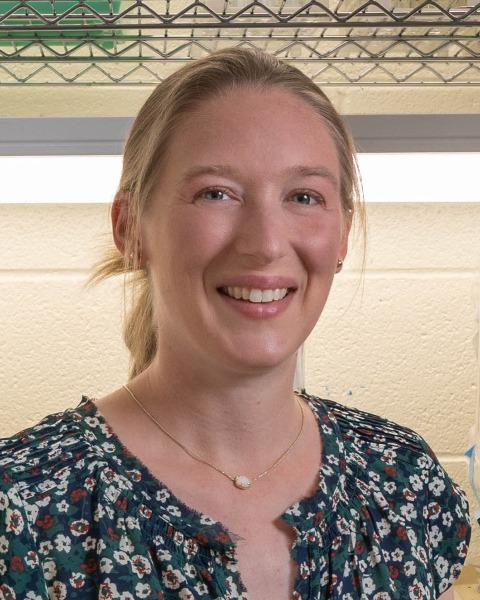Student 10-Minute Presentation
Systematics, Evolution, and Biodiversity
Student
Student Competition
Temperature influences the outcomes of an environmentally-acquired symbiosis

Patrick Thomas Stillson (he/him/his)
USDA NIFA Postdoctoral Fellow
Emory University
Atlanta, Georgia
Alison Ravenscraft (she/her/hers)
Assistant Professor
University of Texas
Arlington, Texas
Presenting Author(s)
Co-Author(s)
Microbial symbioses are essential for many animals, but the outcomes of these interactions are often context dependent. For example, rising temperatures can disrupt symbioses by eliminating thermally sensitive symbionts. The temperature tolerance of a symbiont may therefore limit the temperature range of its host, but switching to a more thermally tolerant partner could expand this range. Eastern leaf footed bugs (Leptoglossus phyllopus) utilize Caballeronia as symbionts which they must acquire from the environment early in development. Could such intergenerational partner switching improve host outcomes under changing conditions? As a first step towards answering this question, we tested the hypothesis that Leptoglossus will perform better at high temperatures when they acquire a symbiont with a high thermal optimum. Host insects were provided with six different Caballeronia strains with varying thermal optima and reared at different temperatures from 24 – 40°C. We found that all six strains conferred equivalent benefits at low to moderate temperatures, but at high temperatures, host weight, development time, and survival varied among strains. However, Caballeronia’s in vitro thermal optima did not fully predict in vivo outcomes for the host. Regardless, strain-dependent outcomes at high temperature suggest that environmental symbiont acquisition could mitigate the effects of thermal stress on host populations by increasing the odds of survival for some individuals. It is often assumed that vertical transmission of a beneficial symbiont from parent to offspring is the optimal strategy, but our results suggest that environmental acquisition could offer unique benefits under changing conditions.

.png)

